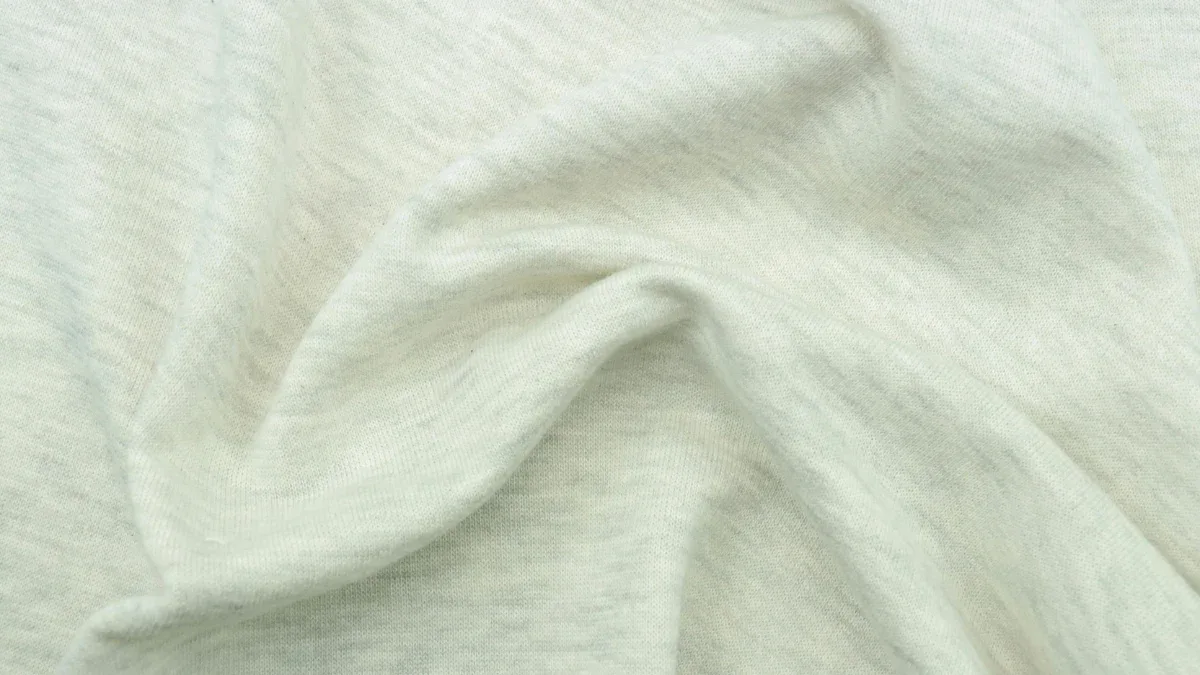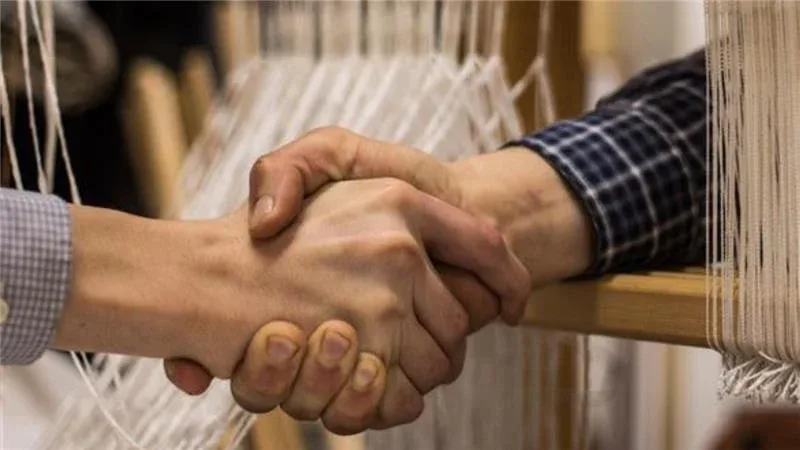There is a story behind every purchase. Fast fashion is a speedy solution that comes at a price buried deep under piles of disposable seams and hands that worked too quickly. Slow fashion walks slowly and calmly; it speaks of longevity, ethics, and environmental concern. Being aware of the two worlds acts to change decision-making away from impulse-to-impact. With the rise of awareness, there is a shift in people who now cast their eyes on the side of natural clothing material, ethical production practices, and sustainability. This manual lays out all you need to know about what makes the difference between fast and slow fashion, and why it matters now more than ever.
The Two Sides of Fashion: A Battle Between Speed and Sustainability
Fast Fashion: The Glitz Hides the Guilt
Fast fashion is a mass production. Today, designers bring trends, runway to rack, in a matter of less than a month. This ravenous churn is fed by cheap materials and exploitative labour as well as overconsumption. Consumers tend to develop an addiction to low prices and newness, but clothes marketed by fast fashion brands tend to wear down before memories do. The enormous amount of textile waste that accumulates on its hands each year is due to the fact that quality comes second. Fast fashion has never engaged in eco-friendly material suppliers, nor does it hold ethical sourcing in high esteem. Rather than this, it relies extensively on synthetic mixtures, toxic dyes and globalised outside sourcing with few checks.
Slow Fashion: Purpose Over Pace
Slow fashion moves out of mayhem. Each strand is important. It specialises in artisanal values, living wages and environmentally friendly materials. Brands that follow this structure tend to collaborate with environmentally friendly fabric producers in India and focus more on the conscious process rather than productivity. The motion resonates with the principles of circular fashion to a great extent, in which garments have numerous lives due to reusing, recycling, and upcycling. Clothes are more durable, more wearable and frequently contain some stories of the past in their weave. Slow-made clothing is the opposite of mass-produced items produced in factories; slow-made items commemorate personalisation, perseverance, and conscious consumption.
Why Fabric Makes All the Difference
Slow fashion is defined by natural clothing fabrics. Like organic khadi cotton fabric, which is softer yet has greater meaning attached to it since they are hand-spun, handwoven, and has a connection with the Indian tradition. It even has a different way of breathing, getting prettier with every wear. Irregularities of handmade textile products are not a defect but evidence of handcraft. Textile manufacturers in India, especially those connected with the slow fashion ethos, now lean toward processes that reduce water usage, eliminate toxins, and support artisans.
Economic Shifts: Cost vs. Value
The lure of fast fashion tempts the wallet with cheap prices, but the cost eventually exceeds the benefits. Low prices, frequent buying, fast-wear, and landfill derivatives add an invisible cost. Although slow fashion products are more expensive at first glance, they are durable. Consumers make fewer purchases in the long term and also spend in accordance with their values. Utilising local weavers, environmentally friendly fabric providers and ethical production will benefit local economies and empower skilful communities. It is not only an environmental shift, but it is an economic empowerment.
Sustainability Beyond Buzzwords
Circular fashion is a full ecosystem. It differs from linear consumption in that it is based on the idea of regeneration. Used clothes are repaired, traded or converted into new fibres. The brands that have adopted this model are inclined to contact sustainable fabric manufacturers in India, ready to combine innovation and tradition. These designers employ natural resources and closed-loop mechanisms as well as plant-based dyes. This saves the environment and promotes conscious consumption. Even the textile makers in India are shifting gears to green technology, biodegradable thread, and no-waste manufacturing targets.
Svarna’s Role in Crafting Conscious Fashion
Svarna is at the centre of this shift. They actively collaborate with the eco-friendly fabric producers in India and popularise clothing that is not only beautiful but also lovely to both the Earth and the heavens, and not harmful to them. Their lines have organic khadi cotton fabric, handmade textile goods and designs embedded in slow values. Svarna unites fashionable wardrobes with conscious clothing by cooperating with talented craftspeople and following the concepts of a circular fashion. Their presence bridges heritage and future, reminding wearers that fashion can heal rather than harm.
In a world speeding ahead, slow fashion invites us to pause. To question what we wear, how it was made, and why it matters. It offers more than an outfit; it offers intention. By choosing garments crafted from natural clothing fabrics, by supporting ethical textile manufacturers in India, and by trusting sustainable fabric suppliers, consumers can shift the narrative. Fast fashion may dominate racks, but slow fashion shapes the future. It’s not just a trend, it’s a return to truth.
Svarna is a conscious fashion label rooted in heritage and sustainability. Specialising in organic khadi cotton fabric and handmade textile products, they collaborate with sustainable fabric suppliers and textile manufacturers in India. Their designs reflect ethical values, local artistry, and a deep respect for the planet. With a commitment to circular fashion and mindful creation, Svarna continues to redefine fashion for the thoughtful generation.
FAQs
1. What makes organic khadi cotton fabric better for slow fashion?
It’s handmade, eco-friendly, and supports artisan livelihoods.
2. Who are the top sustainable fabric manufacturers in India?
Svarna partners with trusted suppliers focused on ethical, eco-safe production.
3. Why choose handmade textile products over fast fashion?
They last longer, reduce waste, and reflect traditional craftsmanship.



